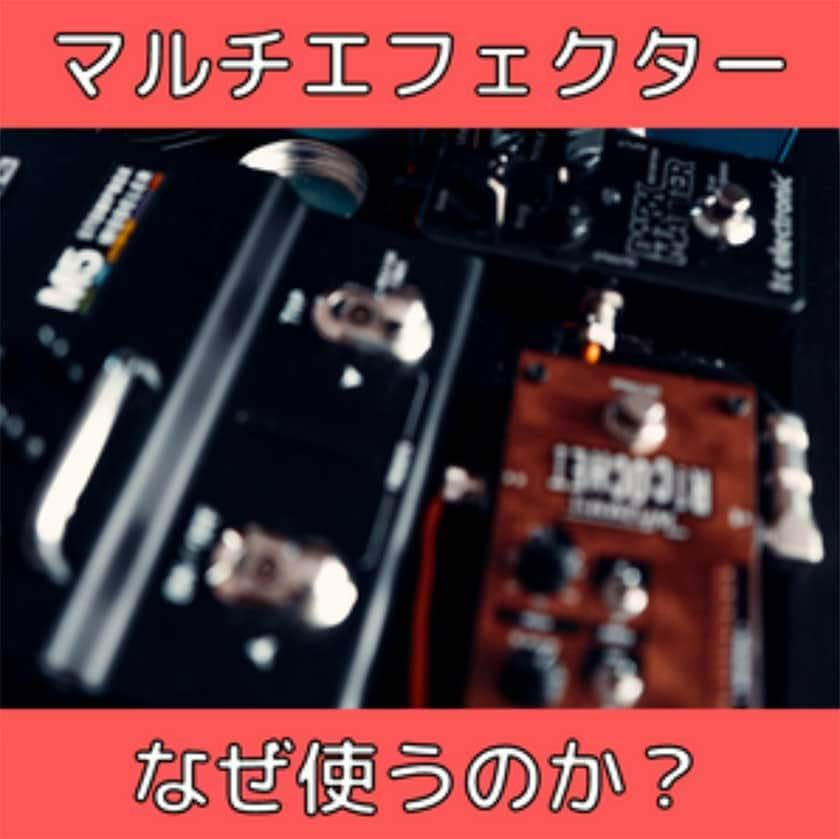
Hello everyone! I’m Yuki Kito, a guitarist.
Today, I want to discuss “Why Professionals Are Eager to Use Multi-Effects Units.” However, I want to clarify that I’m not claiming to be a top professional—my skills are quite basic compared to many. This is more about observing trends rather than boasting about my abilities, so please keep that in mind.
Now, let’s dive right into the main topic!
Reason 1: Professionals Use Multi-Effects Units Because the Operation is Simple
Let’s start with the first reason.
Among professional guitarists, some frequently use devices like the Axe-Fx or Kemper, while others prefer to arrange compact effects pedals. There are even some who rely on just a few pedals and a good amp, managing everything else with their skill. So, there’s quite a variety of approaches out there.
However, I believe one of the main reasons professionals choose multi-effects units is that the operation is straightforward.
For instance, during a song where the effects change drastically or when performing three consecutive songs live, using compact pedals can create a lot of stress and hassle.
In such situations, having something like the Line 6 Helix Floor can free you from those worries.
Compared to a pedalboard with compact effects and a switcher, the design clearly indicates which effects are on or off, making it incredibly simple to manage.
For top-notch professionals who perform for a living (not me!), a cumbersome board can be quite a significant hindrance.
In this respect, I think multi-effects units are highly efficient products because they consolidate everything you need to do without compromising the quality of your performance.
Reason 2: Professionals Use Multi-Effects Units Because They Can Reduce the Possibility of Wiring Troubles
There are many people, both professional and amateur, who use a lot of effects pedals, right? For example, five delays, two choruses, one wah pedal, four distortion pedals, and two reverbs...
With this number of effects, it’s unrealistic to fit them all on a single pedalboard, so many opt to bring two boards instead.
Regardless of whether a switcher is used, the number of patch cables needed exceeds the number of effects. Moreover, the more effects you line up without using a switcher, the greater the risk that if just one cable fails, it could lead to a complete halt in your performance. That’s quite scary...
One of the reasons to use multi-effects units is that they significantly help prevent wiring troubles like the ones mentioned above, which I think is a big advantage.
Reason 3: Professionals Use Multi-Effects Units Because They Can Achieve Around 75 Points of Sound Quality
When compared to compact effects pedals that are developed and manufactured with a focus on a single function, it feels a bit challenging for multi-effects units to match the quality of each individual effect. So, it might not be a complete victory in that regard.
However, the charm of multi-effects units lies not in the individual functions but in their ability to comprehensively configure and operate various effects, amplifiers, and routing options.
Of course, many people likely use them alongside their favorite distortion pedals, but if you were to ask, “Can you perform live using just the Helix Floor?” the response might be, “While not all effects are completely satisfying, it is definitely possible.”
A drawback of multi-effects units is that they inevitably have a digital quality. While many include well-known distortions like the Klon Centaur, Timmy, and RC Booster, they may not quite match the original pedals when compared directly.
Nonetheless, the vast number of effects, the freedom of routing, and the resistance to technical troubles (except for coffee spills, of course) make multi-effects units highly useful overall.
Finally
This time, I discussed “Why Professionals Are Eager to Use Multi-Effects Units.” How was it?
To wrap up, I’d like to introduce multi-effects units that encompass all the features I’ve discussed so far.
The GT-1000 is BOSS’s flagship multi-effects model. By the way, my mentor uses the GT-1000 for live performances, outputting in stereo via XLR cables.
It offers the reliable and stable sound that BOSS is known for, and the environment is set up so that you can produce great sound right from the start.
Next up is the Line 6 Helix Floor. Its intuitive operation, allowing you to check snapshot functions and routing with color and on-screen displays, is a major appeal.
Line 6 is particularly renowned for its excellent spatial effects. Not only does it offer a wide variety of amps and effects, but you can also easily identify which effect is currently ON, reducing stress during performances. I want one!
Finally, we have the Axe-Fx III MARK II. Its effects and amps can only be described as ‘immense’.
Since it’s a rack-mounted unit, I think it’s a great option for those who primarily record at home or don’t want a cluttered pedalboard setup!
By the way, I’m still using the Avid Eleven Rack, which was released nearly ten years ago.
I think it’s about time for an upgrade...
The “sound & person” column is made up of contributions from you.
For details about contributing, click here.





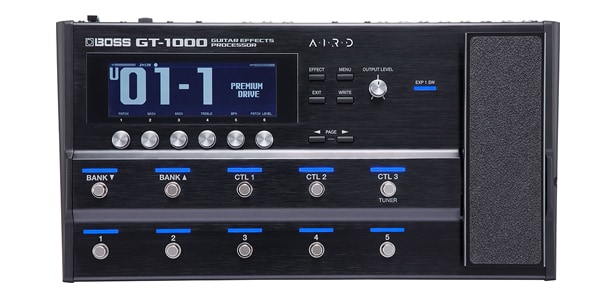
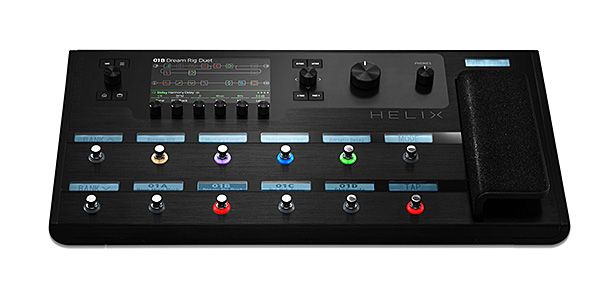
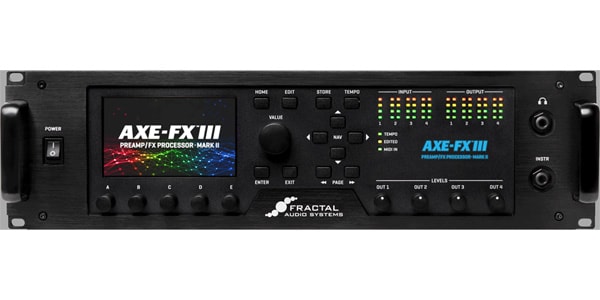








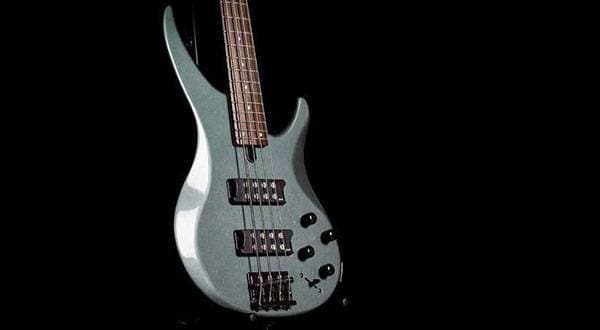
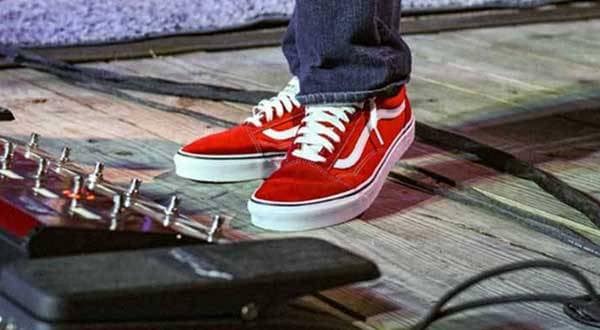
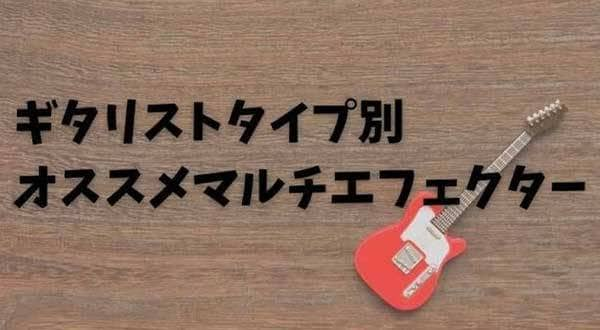
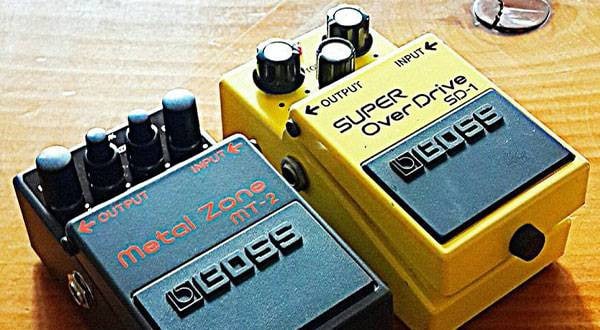
![[Beginner Guitar Talk] -Is it better to buy a compact effector or a multi-effector? ~](/contents/uploads/thumbs/5/2020/8/20200807_5_10888_1.jpg)
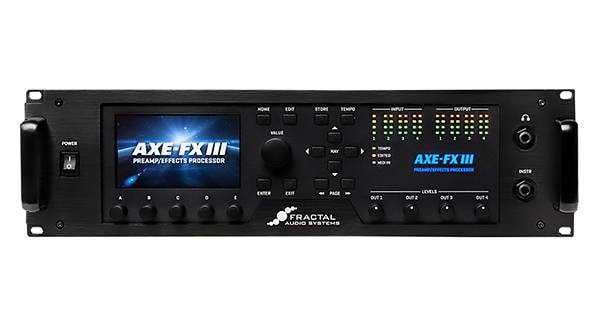
 【初心者向け】エフェクター講座
【初心者向け】エフェクター講座
 あなたのエフェクターボード見せてください
あなたのエフェクターボード見せてください
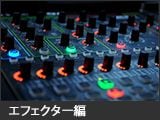 エフェクター編
エフェクター編
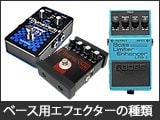 ベース用エフェクターの種類
ベース用エフェクターの種類
 エフェクターのつなぎ方
エフェクターのつなぎ方
 エフェクターの種類
エフェクターの種類















